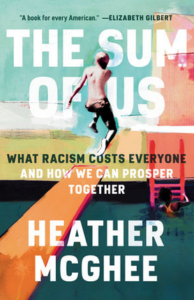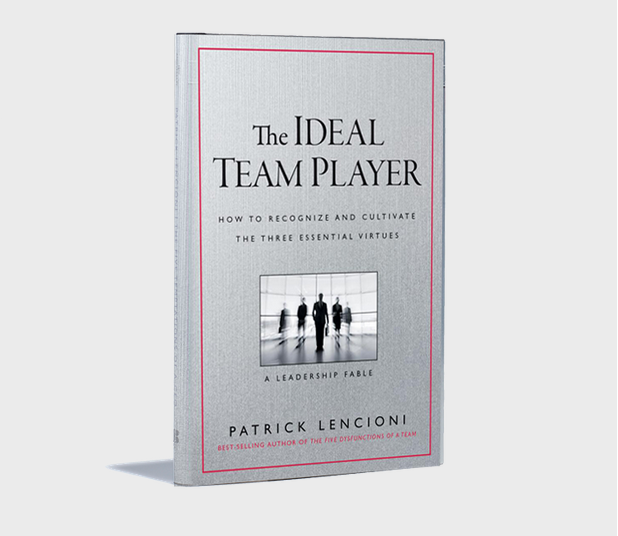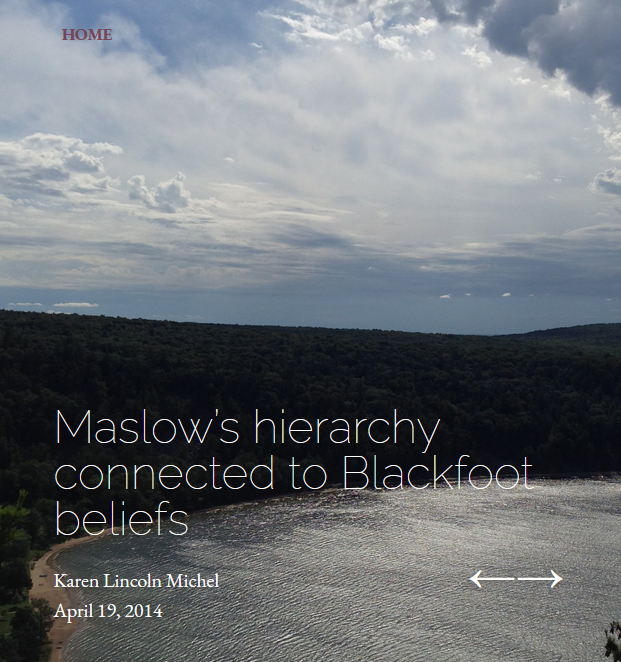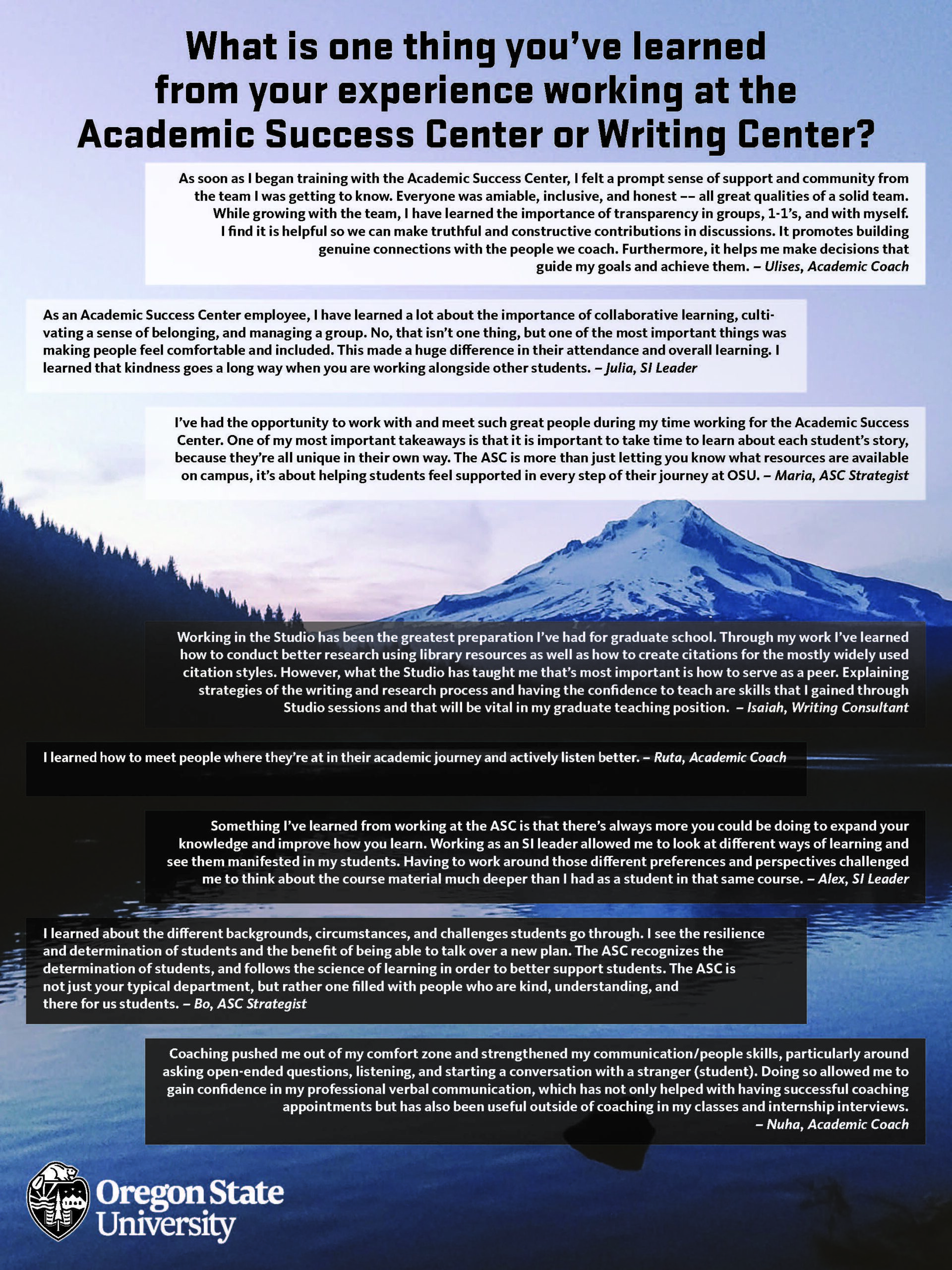Many of us have a variety of interactive team-building exercises or activities that we’ve experienced or facilitated during meetings. We also know that getting to know each other in fun and easy ways can take time—and it’s not always easy for everyone to attend the same meetings. Below are a few ideas from for engaging team members asynchronously in fun activities to get to know each other and build community.
- Share on a common prompt: Posting a prompt on a whiteboard, Jamboard, or on MS Teams gives people the option to weigh in on a prompt when they have time. Writing consultants recently asked each other about Myers-Briggs Personality categories, and then consultants made a chart showing the percentage of the team in each category. We’ve also had prompts for team members to post pictures of pets, share their favorite fall beverages, or weigh in on Oreo flavors.
- Host a taste test: Our Academic Success Center & Writing Center teams have done this a few times with foods like cupcakes and Girl Scout Cookies. You can create a plan for what to taste test, design a rubric, or post a few prompts on a shared whiteboard, Jamboard, or MS Teams. Keep in mind it can be helpful to ask about any food allergies to ensure folks are able to participate. E.g., you may want to identify vegan, dairy-free, and gluten-free options.
- Write a story together: Set up a typewriter in a central location that all staff have access to or start a Teams thread or Canvas discussion board with an initial story prompt. Have people reply in the thread and add to the story over a week or two. Give folks a little warning near the deadline so someone can wrap up the story for the team. Once the deadline has passed, share/post the full story with the team.
- Create a playlist together: Have team members contribute to a playlist that captures the spirit of your team or group. You could also offer a theme as a prompt like “celebrating the end of the school year,” “songs for when there’s snow in April,” or “Sunday afternoon study jams.”
- Plan for friendly competition: Invite team members to sign up for competitions individually or as teams. For example, the Academic Success Center had a gingerbread house building contest, and student staff across programs signed up for days/times that worked for them. Once all the houses were built, team members and visitors to the space were able to vote and score houses based on criteria like “most delicious looking,” “most likely to survive an earthquake,” and “curb appeal.” Recently Writing Center consultants created a bracket for consultants who wanted to participate in a typing challenge, with deadlines for recording high scores from a typing speed website. Consultants advanced team members until they were left with a final round and top typing score of 134 wpm!
Have other activities that your teams have enjoyed? Leave a comment to share more ideas!












